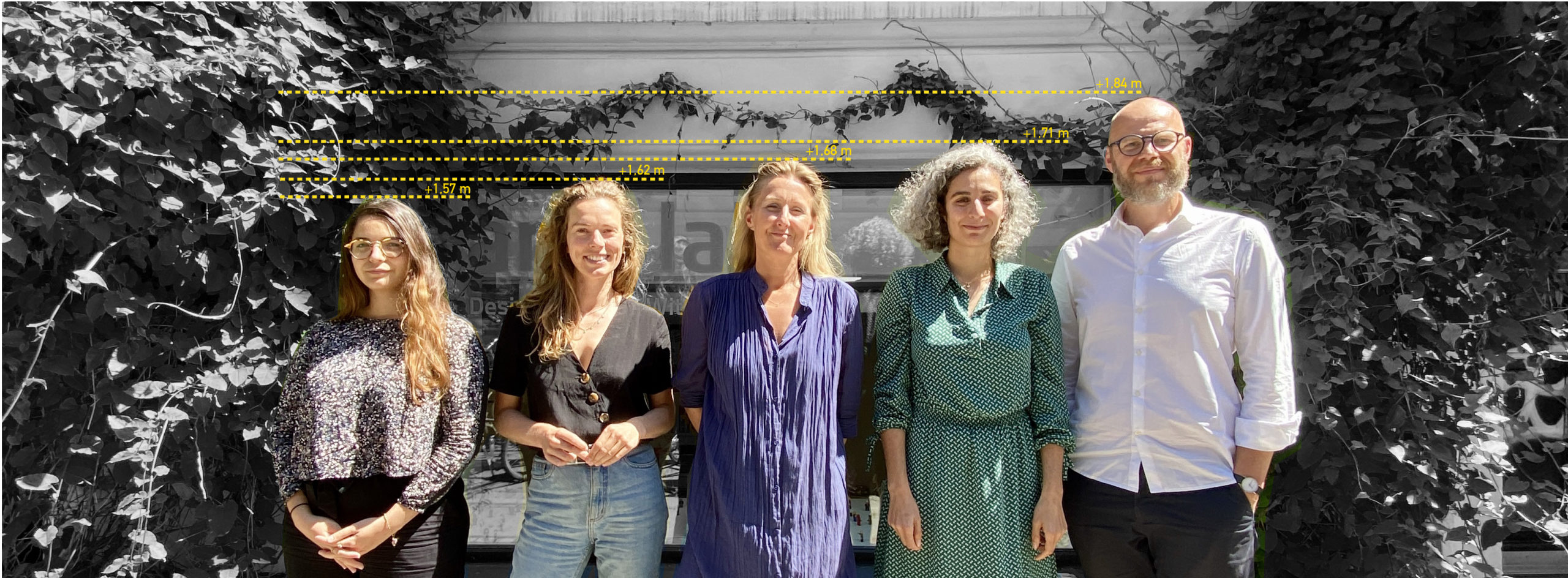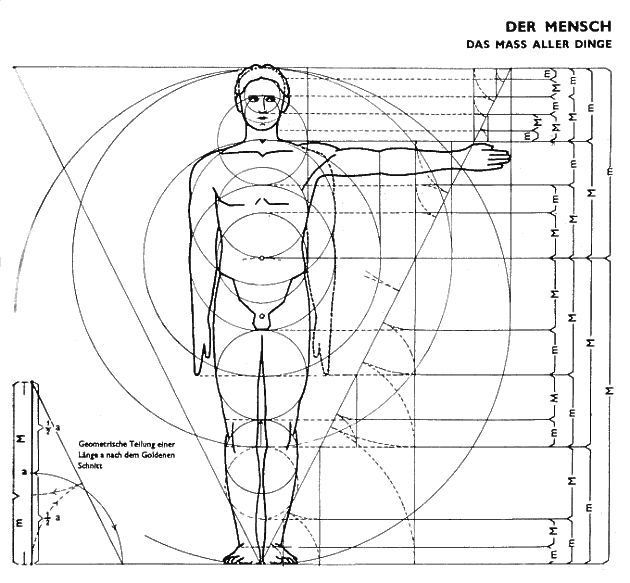
The feminist approach to urban planning and development is increasingly gaining ground within our field. But how does feminism fit into the urban context? And how can we actively work with feminist approahces to create better and more inclusive cities?
Here at arki_lab we have been busy exploring the potentials of feminist urban planning. In this blogpost, we have gathered some key points that can guide urban planners and designers in a direction of more inclusive cities where no one is forgotten or left out!
This is a Man's World
Throughout history, society has been male-dominated and female needs, experiences and opinions have been considered irrelevant for many years. Therefore, the standard human has been depicted as male - also when it comes to architecture and urban design. The idea of the male body as default has dictated our design practises, consequently creating cities, buildings and public spaces for men.
Probably (hopefully), this is not the result of evil men intentionally trying to exclude everyone else from the urban landscape. It is more likely a result of the fact that the field of architecture and urban design historically has been dominated by men. And what is more natural than using your own body dimensions and needs as a point of departure when designing the city?
Are you keen to know more about this topic? Check out our LinkedIn article “Size Matters!”

Image: Neufer's Architects' Data Manual
Setting the Scene for Participation
However, times have changed and many women have joined the field of architecture. So, shouldn't the problem of social exclusion in public spaces be solved? It definitely should. But still, many women (or other identities who do not fit the standard male body) experience challenges or barriers in urban spaces that are just not made for them.
This is not only a matter of differences in size and shape, but a matter of including different people's needs and lived experiences in the design process.
So why are our urban spaces, public squares, parks and buildings still not accomodating a wider range of needs?
An important part of the explanation can be found in the typical setting for citizen and community involvement. Imagine a public hearing or a citizen workshop. What does the group of participants look like? A homogenous group of adult white men is unfortunately often the case in these scenarios.
But where are all the women? Likely, they are picking up the kids, grocery shopping, cooking or cleaning the house.
This might seem like a very old fashioned way of perceiving gender roles. However, the fact is that women are still carrying out the majority of all unpaid work, even today where most women are also working full time jobs (OECD). As a result, women most likely do not have the time to participate in these standard types of engagement processes.
Sadly, this way too often leaves us with a community engagement process where the participants are not representative of the overall population. This creates biased information consequently driving urban change to accommodate the needs of a limited group.
Our LinkedIn article “Where are all the Women?” looks more closely into this topic.
Mix it up!
How do we change this? We suggest that a good way to begin is by transforming the standard engagement process. We need to rethink the way we involve people. Experience shows us that a few simple steps can help us reach a more diverse crowd.
Supplementing the engagement process with digital tools can be valuable to reach the groups who usually don’t get involved.
The traditional setting of a workshop poses many barriers that keep people from participating. Some people may not feel comfortable in this setting and others do not have the time or resources to participate. These barriers can be overcome with digital tools allowing more people to participate. Also, creating a safe setting for the physical workshops and meetings can encourage more people to participate.Communication is Key
To get people involved you need to get their attention. If the topic seems too complex or irrelevant to people there is a long way to getting them involved. Therefore, be creative when you communicate. Make the information understandable and interesting and avoid acting like a professor enlightening the masses.
Do you need more in-depth tips on how to create a more inclusive engagement process?
Then our LinkedIn article “Going Beyond the Usual Suspects” might be your next read.

Image: By & Havn
Going beyond Gender
In the end it comes down to much more than male or female. These methods of inclusion need to be continuously developed to guide our engagement processes towards including diverse groups of people across gender, ethnicity, class, age, physical ability, sexuality, religion, shape and size.
It is not about making all spaces accommodate all people. It is about creating different types of spaces that accommodate different types of people.
Creating inclusive cities is a complex matter! However, we at arki_lab believe that the participation process is a good place to start.
Share this Post
